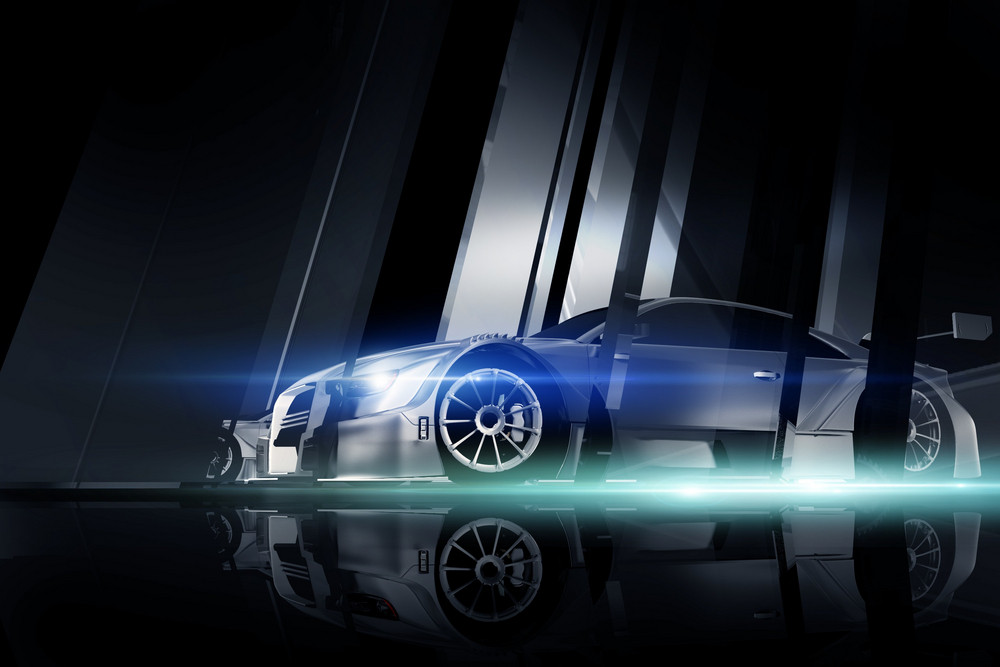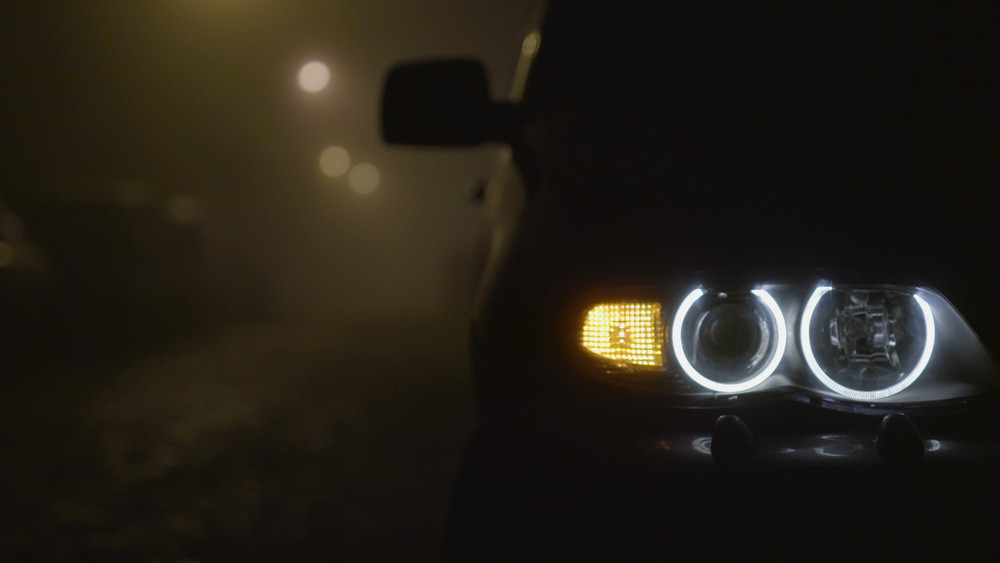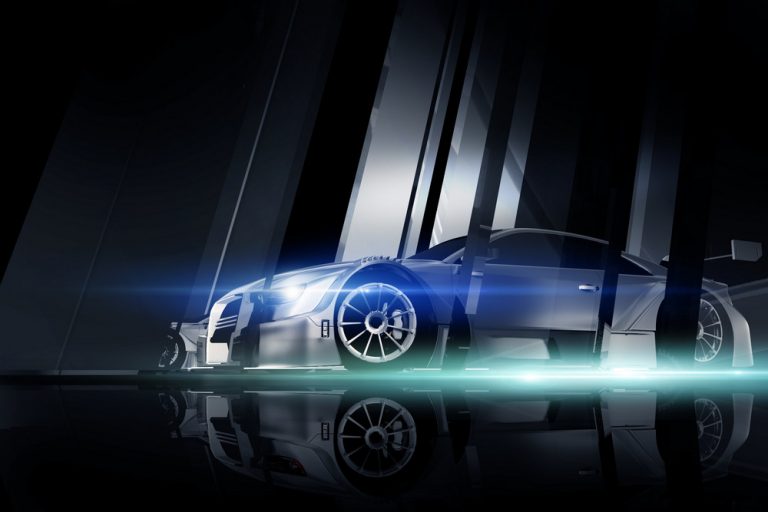
Performance Vehicle Between Glass and Metal Blocks. Great Performance Sporty Vehicle - Motorsport Dark Theme. 3D Generated Illustration.

Highlights
- LED headlights offer stronger, clearer illumination with less power draw than halogen bulbs.
- Well-designed LED systems improve visibility while controlling glare for oncoming drivers.
- Beam pattern, aiming, and legal compliance matter more than brightness alone.
- LEDs last much longer than halogens and integrate well with modern safety tech.
- Quality, vehicle-specific components and professional installation are key to safety.

Understanding Why the LED vs. Halogen Question Matters
In the automotive world, few upgrades generate as much conversation as swapping traditional halogen headlights for modern LED systems. Drivers see bright, crisp white beams on new vehicles and wonder if they should follow suit. The key question is simple: Are LED lights better and safer than traditional headlights? To answer that, you need to look beyond brightness alone. Headlight safety depends on beam pattern, proper aiming, road conditions, electrical load, and how well the light matches human vision at night. When you compare these factors side by side, quality LED headlights often deliver real advantages in performance, comfort, and long-term reliability for everyday drivers.
How LED Headlights Differ from Traditional Halogen Bulbs
Traditional halogen bulbs create light by heating a filament inside a gas-filled capsule, a design that wastes a lot of energy as heat. LEDs, short for light-emitting diodes, generate light by moving electrons through a semiconductor, which is far more efficient. That means LEDs can produce more usable light while drawing less power from the vehicle’s electrical system. According to the American Automobile Association (AAA), newer headlight technologies, including LEDs, tend to offer stronger down-road illumination when properly engineered and aimed. This efficiency also reduces strain on alternators and, in electric vehicles, helps conserve battery range over time.
Visibility and Nighttime Driving Comfort
One of the most noticeable differences when switching from halogen to LED headlights is how the road looks at night. Halogen bulbs usually emit a warm, yellowish light that can make it harder to distinguish objects, lane markings, and obstacles at a distance. LEDs produce a cooler, daylight-like color that helps your eyes pick up contrast and detail more naturally. That clearer view can make it easier to spot pedestrians near crosswalks, animals at the roadside, or debris in the lane. Many drivers report feeling less eye strain and fatigue during long nighttime trips with well-designed LED headlights, especially on dark rural roads or poorly lit suburban streets.
Beam Pattern, Glare, and Real-World Safety
Safety, however, is about more than raw brightness. A badly designed or poorly installed LED replacement can scatter light upward and outward, creating intense glare for oncoming drivers while failing to light the pavement directly ahead. According to Consumer Reports, tests show that well-engineered LED headlights provide better visibility and more controlled beam patterns compared to many basic halogen setups. That improvement comes from precise optics, sharp cutoffs, and proper aiming. When LEDs are matched to the right housing and professionally aimed, they can deliver a wider, longer beam without blinding others.
How LEDs Perform in Rain, Fog, and Snow
Drivers also care about how headlights perform in rain, fog, and snow. Some people worry that the cooler color of LEDs might reflect more from fog or falling snow, reducing visibility. In practice, beam shape and intensity matter more than color alone. High-quality LED systems are designed to push light low onto the road where it’s needed most, instead of scattering it into airborne moisture. Because LEDs reach full brightness instantly, they also respond well to automatic high-beam systems that dim for oncoming traffic. When paired with dedicated fog lights or adaptive lighting, LED setups can offer very consistent performance across changing weather conditions.
Electrical Load, Reliability, and Long-Term Value
From an electrical standpoint, LEDs bring additional safety and reliability benefits. Their lower power draw frees up capacity for other vehicle systems, which is especially helpful in modern cars loaded with driver-assistance features, heated accessories, and advanced infotainment. LEDs also generate less heat at the lens, which can help reduce the risk of damage to plastic housings over time. Internally, many LED assemblies include built-in cooling and voltage regulation to maintain stable output. With lifespans that can stretch into tens of thousands of hours, quality LEDs are far less likely to fail unexpectedly on a dark road compared to halogens that gradually dim and burn out more frequently.
Upfront Cost vs. Long-Term Benefits
Cost is another factor drivers weigh when deciding whether LEDs are truly better than traditional headlights. A single halogen bulb is usually inexpensive, but it may need to be replaced multiple times over the life of a vehicle, especially if you drive frequently at night. LED assemblies typically cost more up front, particularly factory units or high-quality aftermarket kits. However, their extended lifespan and improved efficiency can offset that initial price over time. When you factor in fewer replacements, better nighttime visibility, and the potential safety benefits of clearer illumination, many drivers see LEDs as an investment rather than a cosmetic upgrade.
Practical Tips for Drivers Considering an LED Upgrade
For anyone considering a switch, a practical approach is to start by evaluating how and where you drive. If you often commute on unlit highways, travel through rural areas, or drive in regions with harsh weather, the advantages of LEDs become even more compelling. Look for products that are specifically designed for your make and model, and confirm that they are certified for road use. Having a trusted technician install and aim the headlights reduces the risk of glare complaints and ensures that your new lights are pointing exactly where they should. Combining quality hardware with careful setup is the best way to unlock the real safety benefits of LED technology.
Choosing Quality Aftermarket LED Options
Not every LED option on the market is created equal, and this is where many safety complaints begin. Inexpensive LED plug-in bulbs installed into housings designed for halogen filaments often produce uncontrolled glare and irregular hot spots in the beam pattern. They may look bright when you stand in front of the car, but they can actually reduce usable downroad light while dazzling other drivers. Choosing DOT-compliant, vehicle-specific LED assemblies and having them aimed by a professional shop is critical. Many late-model vehicles now leave the factory with integrated LED headlights, eliminating compatibility concerns and giving drivers the benefits of modern lighting without guesswork.
Legal and Regulatory Considerations
Another factor in deciding whether LED headlights are better and safer is how they interact with local regulations. Headlights must meet federal safety standards and state rules on brightness, color, and aim. Factory-installed LED systems are engineered to comply from the start, while some aftermarket kits may not meet those requirements. Checking your owner’s manual, local vehicle code, and the product’s certification markings helps you avoid tickets and inspection failures. When you stay within legal guidelines, LEDs give you improved visibility without crossing the line into nuisance glare or non-compliant lighting that could create liability in the event of a collision.
Taken together, the evidence strongly supports the idea that well-designed LED headlights are both better and safer than traditional halogen lights for most drivers. They provide brighter, more natural-looking illumination, use less power, last far longer, and integrate well with modern safety technologies such as automatic high beams and adaptive driving beams. The key is choosing quality components that are properly matched to your vehicle and professionally aimed.






